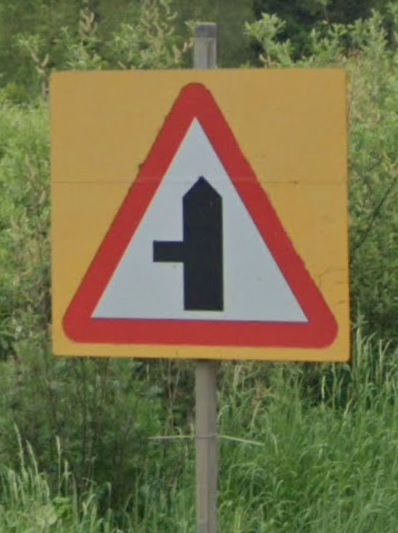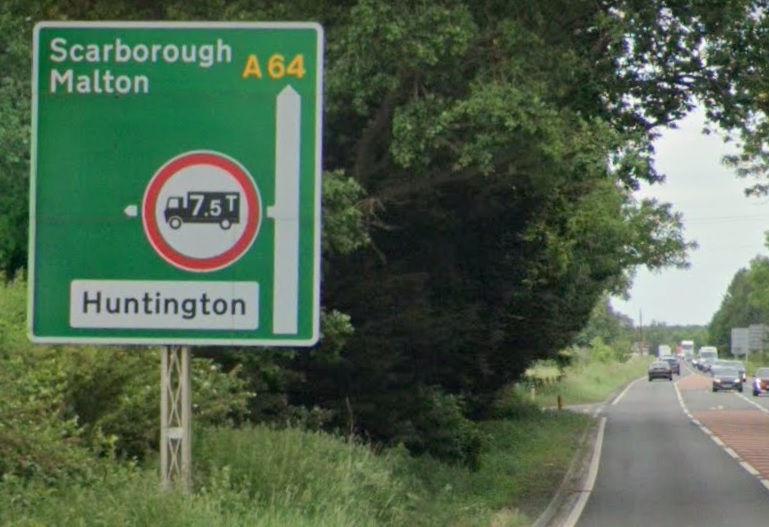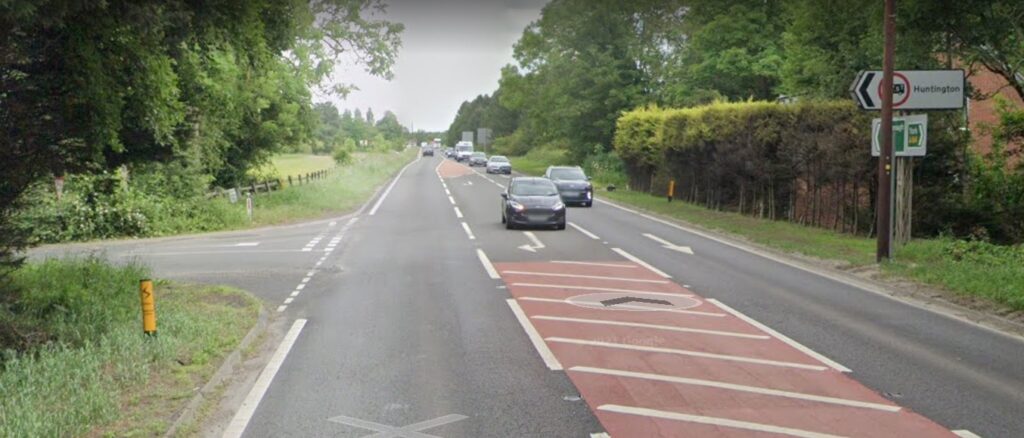Many years ago, when I was a new instructor, I noticed some of my clients were failing tests for doing the same things wrong, in the same places. I decided I should make sure my clients understood these tricky “features” before going for their test and hence my “Features List” was born.
Rather than teaching the features themselves though, I endeavour to teach a methodology for dealing with them that can then be transferred to other, similar situations. Here’s the next feature in my list;
Location
Turning Left Into North Lane From A64
Common Faults
- Failing to ascertain location of junction
- Not reducing speed sufficiently on approach to junction
- Running wide turning into North Lane – usually as a result of not reducing speed
- Missing the junction completely – also as a result of insufficient speed reduction
How To Do It Right
Overview
The main issue here is many new drivers are not familiar with approaching junctions to turn on faster roads, such as the A64 which here being a single carriageway, is a national speed limit (60mph). This causes problems, firstly in being able to ascertain the location of the junction as there is less time due to the higher speed, and secondly, shedding the speed in time to negotiate the junction into North Lane safely and under proper control.
Signage
The key here, as in much of driving, is of course, information. And the earlier the available information is noted and processed, the more time we have and the easier the driving becomes. Here we have three signs we can see as we approach the junction.

Sign 1
The first is a standard warning information sign, telling us of an approaching junction to the left. This is around 300 yards away and is a cue to check what’s behind and get our left indicator signal on, warning any following traffic that we are likely to be slowing considerably.
Following our signal, no position change is generally required but we should start reducing speed early, looking to identify the actual location of the junction. Reducing speed now means we can do it gradually (safer with following traffic) and we have more time to ascertain where the turn actually is, as it is often difficult to make out.
Sign 2
By this time we’ll be able to see the second sign, the direction sign which tells us we’re approaching the left turn to Huntington. As we approach this one, it becomes possible to see the mouth of the junction and the centre, right turn lane for traffic coming the other way. We should still be reducing speed at this point, bearing in mind we may have started out from 60mph and need to get our speed down to around 10-15mph in order to negotiate the turn safely.
Looking for any traffic turning into or out of the junction will – if there is any – help in identifying the location of the junction.

Sign 3
I find that many of my clients, despite having passed their theory test with flying colours, have no idea about the significance of the shape of road direction signs. The second sign was rectangular and these rectangular signs are found on approach to junctions. This third sign though is arrow shaped (I often refer to them as pointy signs) and should be placed at or opposite the actual junction, making it easier to identify the location of the junction from a distance. This third sign then, is opposite the turn to Huntington but honestly, I find it near useless as it tends to be hidden behind trees and is almost impossible to see until you are on top of it.

The Turn
Nevertheless, by this time, we should be able to clearly see where the junction is and shed any residual speed as required in time to choose an appropriate gear – probably 2nd gear – and get the clutch up again before turning in.
